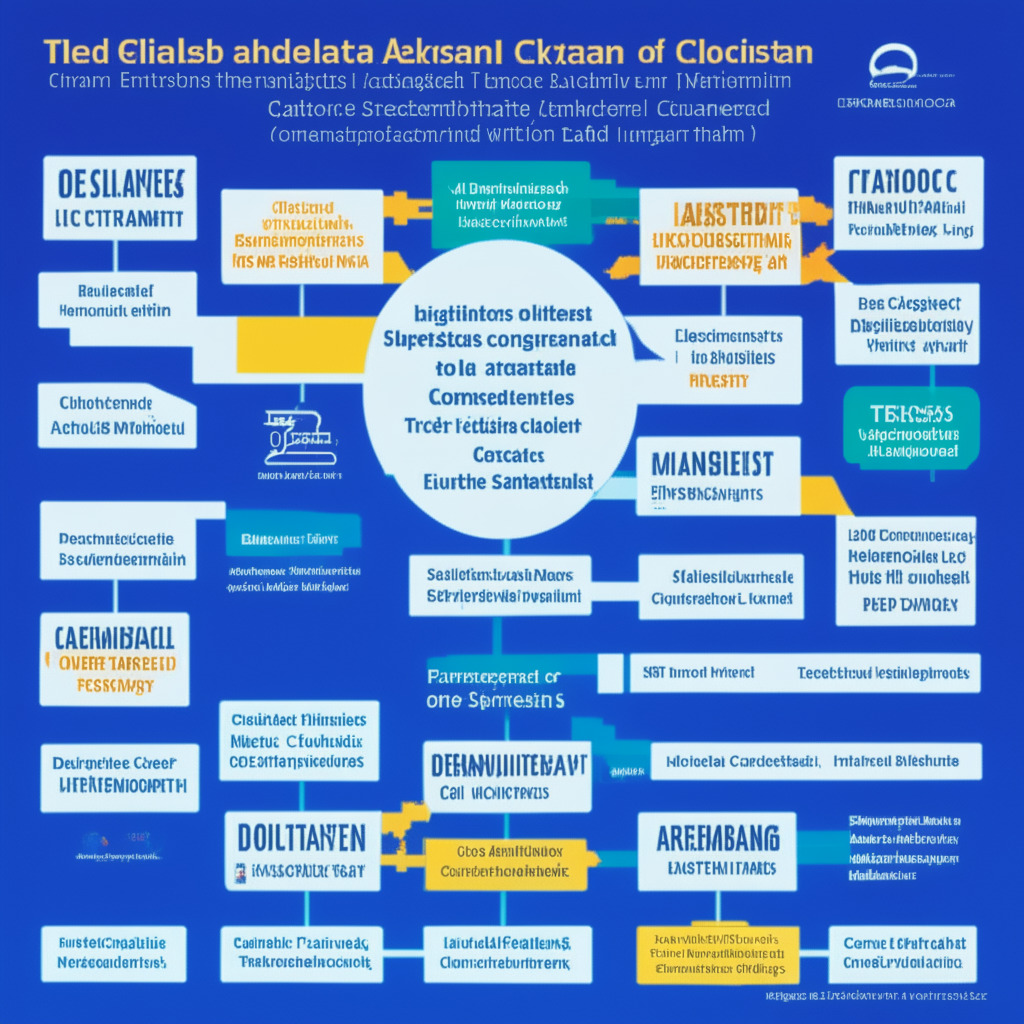Regulatory bodies worldwide have been buzzing over the disagreements and potential solutions regarding cryptocurrency markets. A particularly noteworthy report was recently published by the International Organization of Securities Commissions, or IOSCO, a global standard-setter whose members include prominent entities like the US Securities and Exchange Commission and UK Financial Conduct Authority.
The crux of the report centers on decentralized finance or “DeFi” applications. Traditionally, financial regulation hinges on establishing a central authority accountable for maintaining fair markets and safeguarding investors. This standard framework is confounding in the face of DeFi systems, which introduce mechanisms such as lending or trading via algorithms, tokens, and decentralized autonomous organizations (DAOs).
The IOSCO report clearly isn’t buying into the alleged decentralization of DeFi. IOSCO officials urge national regulators to cut through the misconceptions surrounding DeFi’s decentralized nature and identify the people or entities actually holding the reins.
Tuang Lee Lim, Chair of IOSCO’s Board-Level Fintech Task Force, didn’t mince words when stating, “In reality, regardless of the operating model of the DeFi arrangement, ‘responsible persons’ can be identified.” IOSCO’s recommendations suggest that these identified subjects should adhere to investor protection and market integrity standards, akin to those in traditional finance, or TradFi.
However, aligning DeFi under current TradFi regulations may prove ineffective, given the inherent differences and nuanced operational models. Pseudonymity and opaque governance restrict the ability to spot collusion or conflicts of interests, increasing risks such as front-running, hacks, or excessive leverage.
The redirection towards a functionally-based regulatory approach, as suggested in the IOSCO report, could provide a commendable solution. This methodology would aim to ensure regulatory outcomes align with those required in traditional financial markets, focusing on investor protection and market integrity.
This report surfaces on the heels of an announcement by the Financial Stability Board and the International Monetary Fund. In tandem, they called for a comprehensive, global approach to crypto regulation, contextualized by leaders at the New Delhi summit – a gathering of the world’s twenty most influential economies. It seems inevitable that the cryptocurrency space, established institutions, and global regulators must assemble to produce responsible, effective, and transparent solutions.
Source: Coindesk




